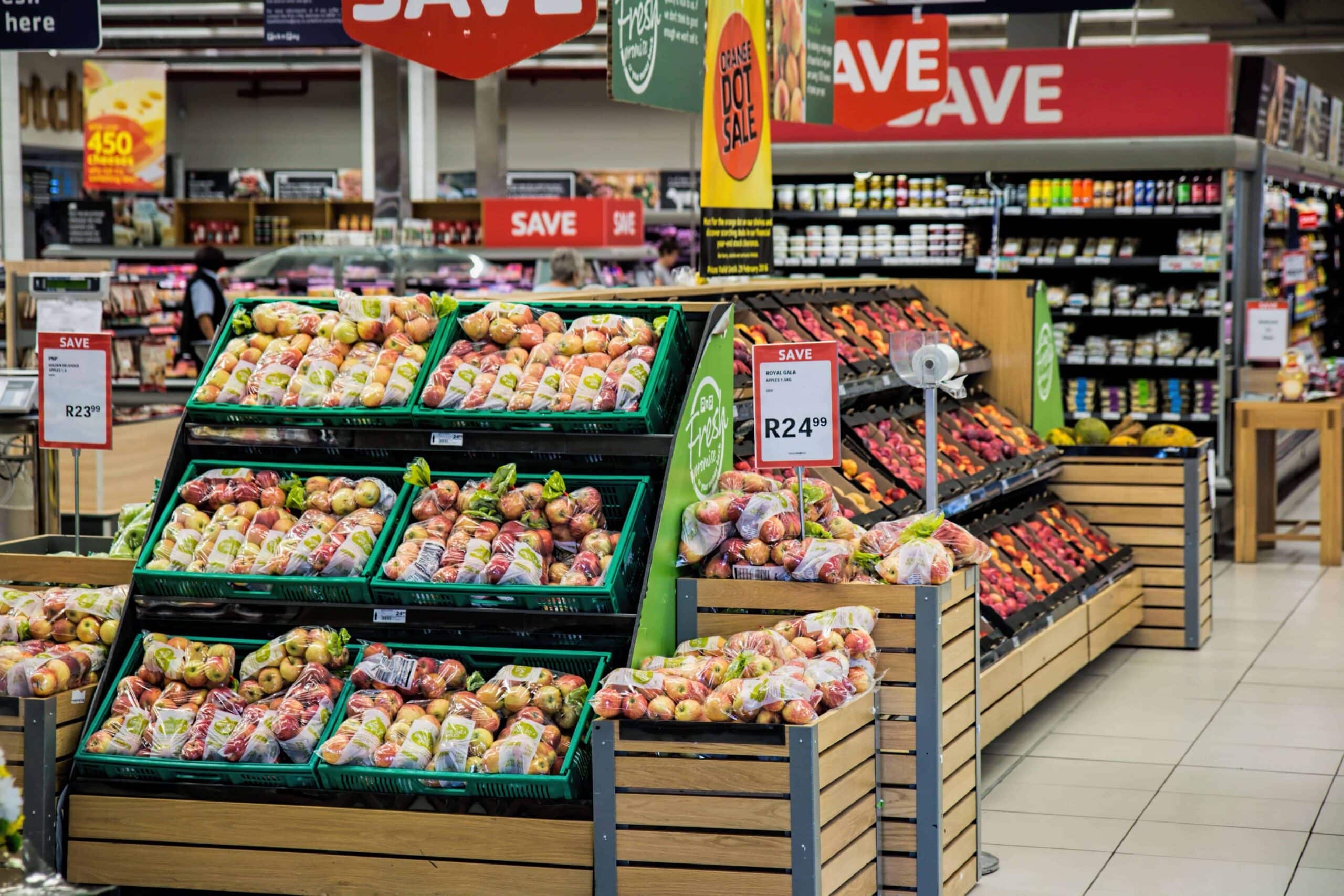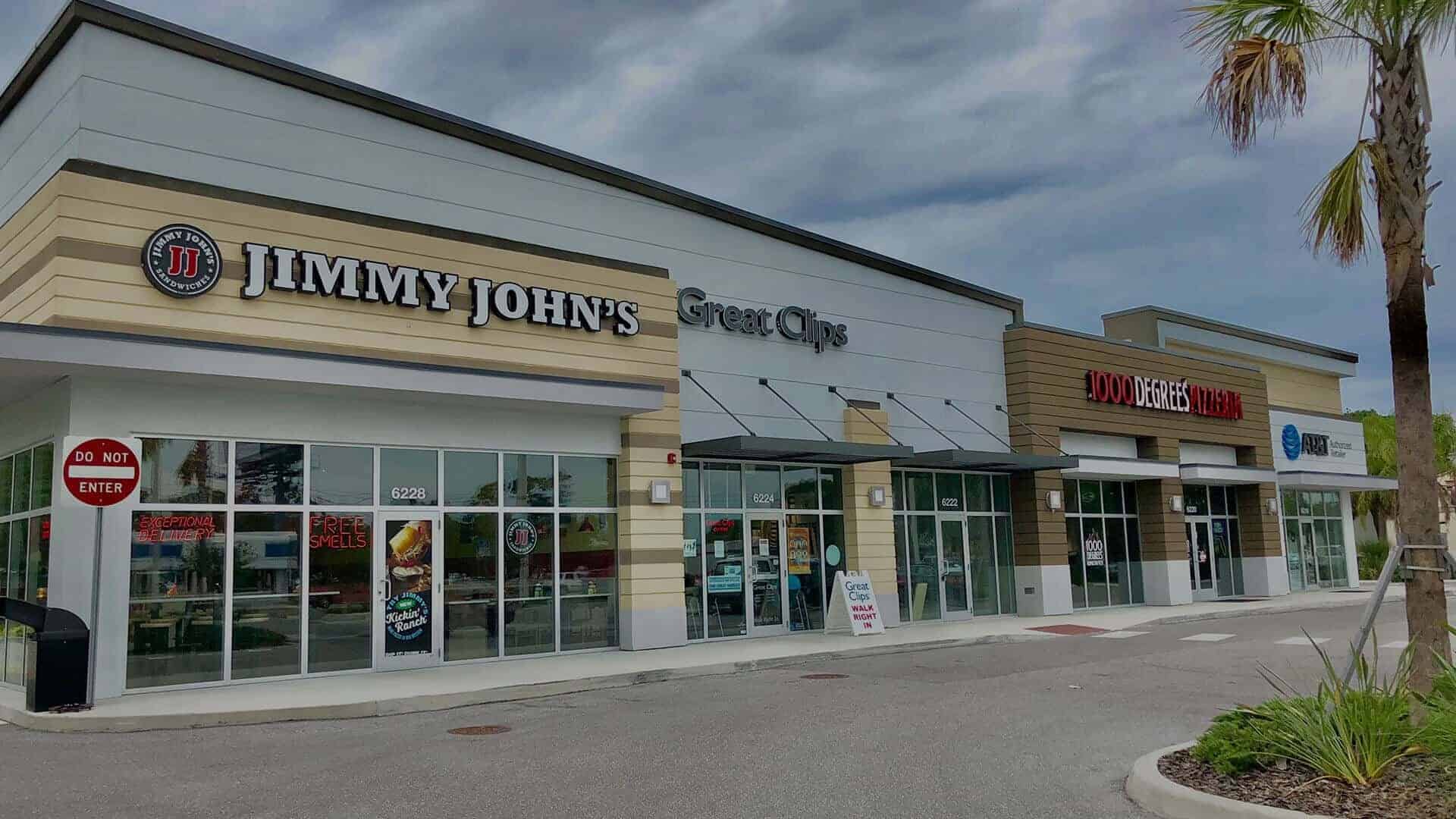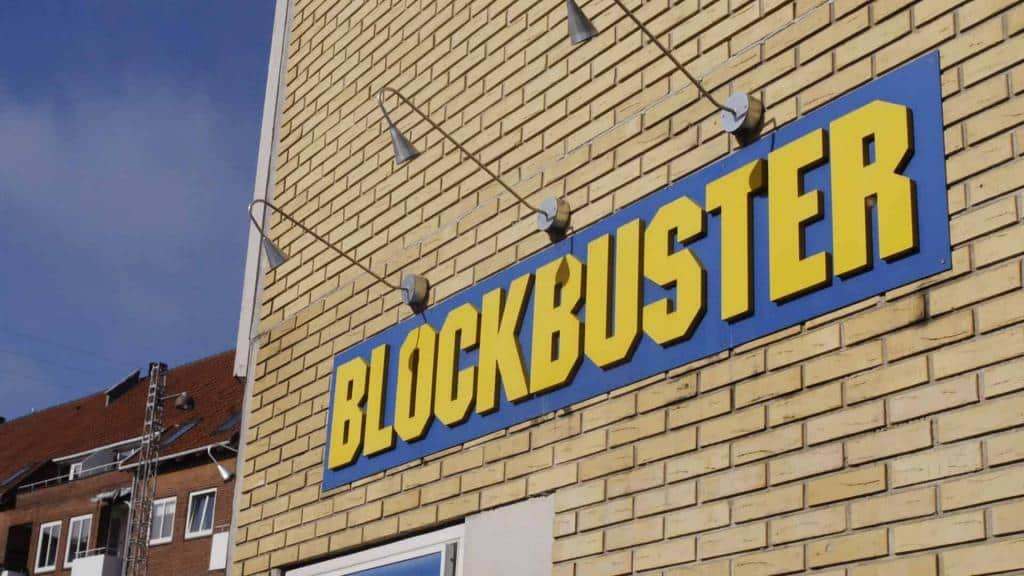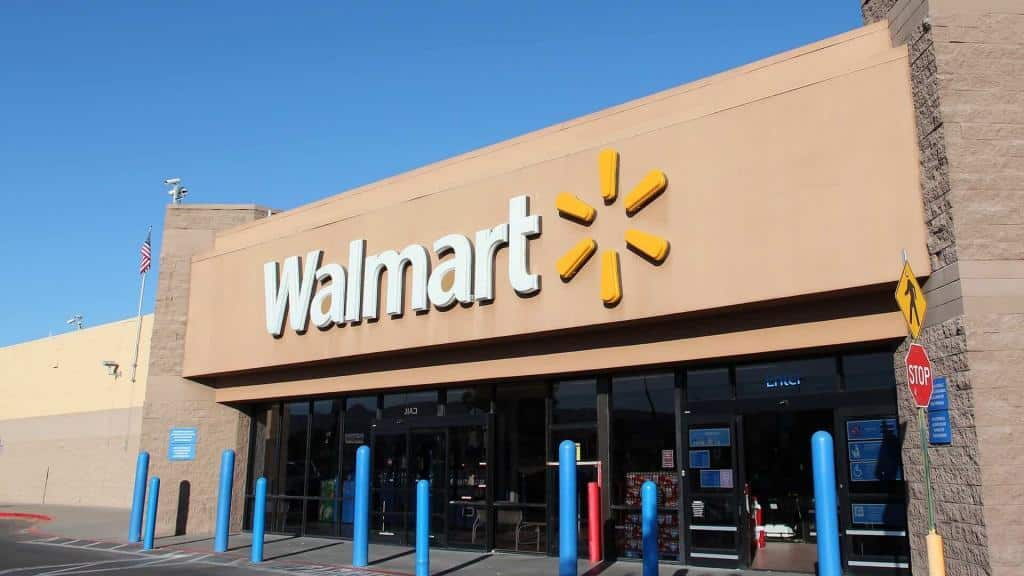Whole Foods Market which operates 479 locations throughout its chain was purchased by Amazon in June 2017 for $13.7 billion. Since the acquisition, the chain has been somewhat muted on aggressive store expansion and store pipeline as Amazon worked to fine tune the engine and gear up for the grocery track meet. Whole Foods was known to be behind the curve on technology and the development of a loyalty program as well as declining same store sales, 1.5% in 2017 and 2.5% in 2016. Amazon has empowered the chain to implement price cuts and stray away from the “Whole Paycheck” mantra and has announced they are back in the business of rebuilding their store pipeline. Whole Foods is currently working on a single point of sale system and now offers a store loyalty program linked to Amazon Prime. The company is no longer public which provides their executives with the luxury of a more private status relating to the reporting of sales performance, forthcoming initiatives, store opening and traffic counts.
“Whole Paycheck” no longer, at least that is the initiative at Whole Foods since the Amazon merger as price cuts and technology implementation have been some of the company’s main changes to business operations. The acquisition of Whole Foods by Amazon in 2017 left the real estate world wondering if the brick and mortar grocery store chain would move to its operations directly online or if they would stick with their physical presence. Late 2018, they announced that they will look to grow their physical store footprint and expand to new markets throughout the United States. According to the Wall Street Journal and Amazon officials, Whole Foods has been looking in Idaho, Utah and Wyoming all in areas of which they currently do not have any locations. By way of this acquisition, Amazon is now a huge player in commercial real estate and the physical locations of their stores can serve as distribution hubs for their Prime services. This allows Amazon the ability to have physical presence in the backyards of neighborhoods and communities across the county. The company is currently about halfway to its goal of having a warehouse within 20 miles of every US consumer. The grocery industry is rapidly changing as it relates to delivery and efficiencies in all aspects of operations. Be sure to follow Whole Foods closely, they will continue to be a leader of change in the grocery space.








About The Author: Jeff Dervech
More posts by Jeff Dervech